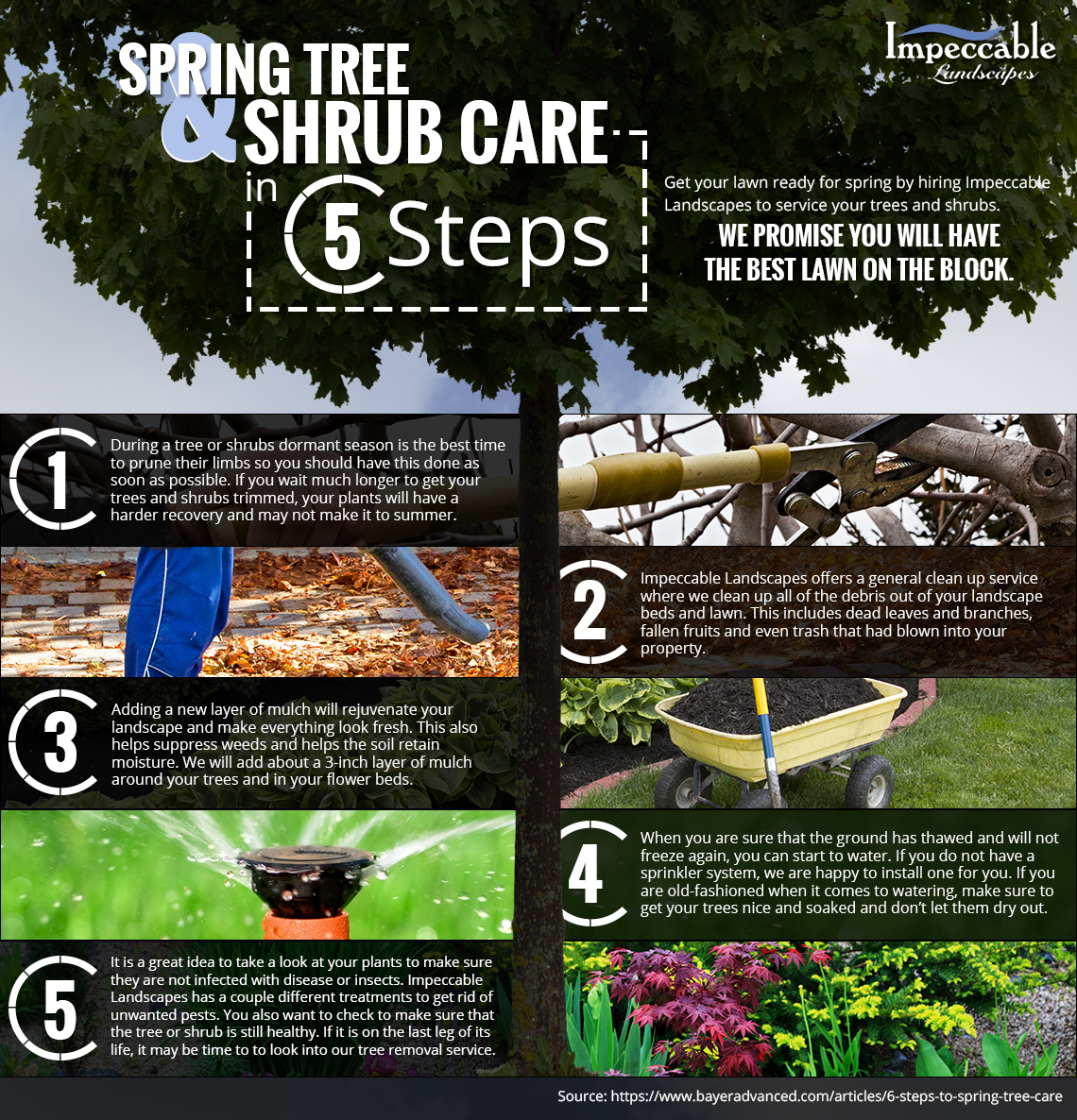Post-Tree Removal Care Is Important For Landscape Remediation; Find Essential Actions To Renew Your Room And Stop Future Issues
Post-Tree Removal Care Is Important For Landscape Remediation; Find Essential Actions To Renew Your Room And Stop Future Issues
Blog Article
Christmas Tree Removal Near Me By-Langley Cochrane
After a tree's elimination, your landscape may look quite different, and it's vital to evaluate the consequences carefully. You'll wish to review the dirt disruption and inspect surrounding plants for any indications of stress and anxiety. Ignoring these variables can cause bigger problems down the line. So, what should you make with those stumps and origins? And exactly how do you pick the best plants for your rejuvenated space? Allow's explore these vital steps.
Evaluating the After-effects: Evaluating Your Landscape
After a tree elimination, it's essential to analyze your landscape to comprehend the influence it has on your backyard.
Begin by analyzing the location where the tree stood. Search for signs of soil disturbance, and examine the surrounding plants for any kind of stress or damages.
You must likewise bear in mind of exactly how the removal has actually altered sunshine direct exposure and air flow in your yard. This shift can impact the development of close-by plants, so it's necessary to examine their health and wellness.
Think about the visual elements too; the removal could develop an open space that you can revamp.
Ultimately, think of any kind of possible disintegration concerns that might occur from the tree's absence. Addressing these elements early will help recover balance to your landscape.
Managing Stumps and Origins: Alternatives for Elimination
Once you've analyzed the consequences of the tree removal, you'll likely require to tackle the stump and origins left behind.
You have a couple of options for removal. One efficient technique is stump grinding, where a specialist utilizes an equipment to grind the stump down to underground level. This approach leaves marginal disruption to your landscape.
If you prefer a do it yourself technique, you can utilize a mix of excavating and chemical stump eliminators. Just remember, this procedure can take some time and effort.
Conversely, think about leaving the stump as a natural feature, which can work as an one-of-a-kind yard component or environment for wild animals.
Whatever you choose, dealing with the stump and roots is vital for recovering your landscape.
Selecting the Right Plants for Your New Space
As you examine your recently gotten rid of area, choosing the right plants can significantly boost your landscape's charm and performance.
Beginning by thinking about the sunshine and soil conditions. For warm locations, choose drought-resistant plants like lavender or succulents. In shaded places, brushes and hostas grow well.
Think of click here for more info and development behaviors of your plants; mix perennials and annuals for seasonal variety. Don't neglect to include native species; they require less maintenance and support neighborhood wild animals.
Team plants in strange numbers for a more all-natural appearance and develop layers for aesthetic depth.
Finally, ensure you have a mix of colors and textures to keep your landscape dynamic throughout the seasons.
Delighted planting!
Final thought
To conclude, recovering your landscape after tree elimination is a satisfying process. By assessing the consequences, resolving stumps and origins, and choosing the right plants, you'll create a thriving setting. Don't fail to remember to incorporate disintegration control measures to shield your dirt. With a little initiative and treatment, you can transform your area into a dynamic garden that improves your home. Embrace the chance to revitalize your landscape and enjoy the beauty of nature right in your yard!
